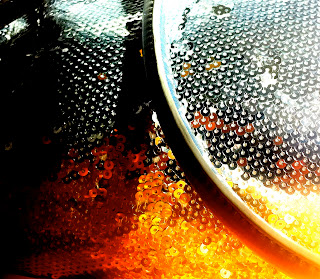Exposed
Exposed is a self-expressive way of photography, which brings together historical and modern images. These works are created by various artists and photographers, who capture detail focuses on a shot of life. This exhibition portrays various different concepts, such as the concept of "surveillance" and witnessing violence. The collection of images in the "Exposed" series reveal the notion of "life" photography, where artists strive to capture everyday occurrences that are not acknowledged. Some famous images in this series are Atlanta by Harry Callahan, and New York by Garry Winngrand. These two photographers portrayed very mesmerizing images of various incidents and activities revealed on busy streets of distinct cities.
Henri Cartier-Bresson
Henri Cartier-Bresson is a prominent artist and photojournalist who is viewed as the most prosperous and unique artists in the history of photography. He developed and revolutionized photography into what it is today. Through various technics he was able to capture images of "life", such as imperative occurrences around him. Many of his works were displayed through detailed and symbolic portraits. Cartier-Bresson focused on facial expressions and brought out each individuals uniqueness. The portrait called Calle Cuauhtemoctzin, taken by Cartier-Bresson reveals the notion of self-expression and facial emotions.
















